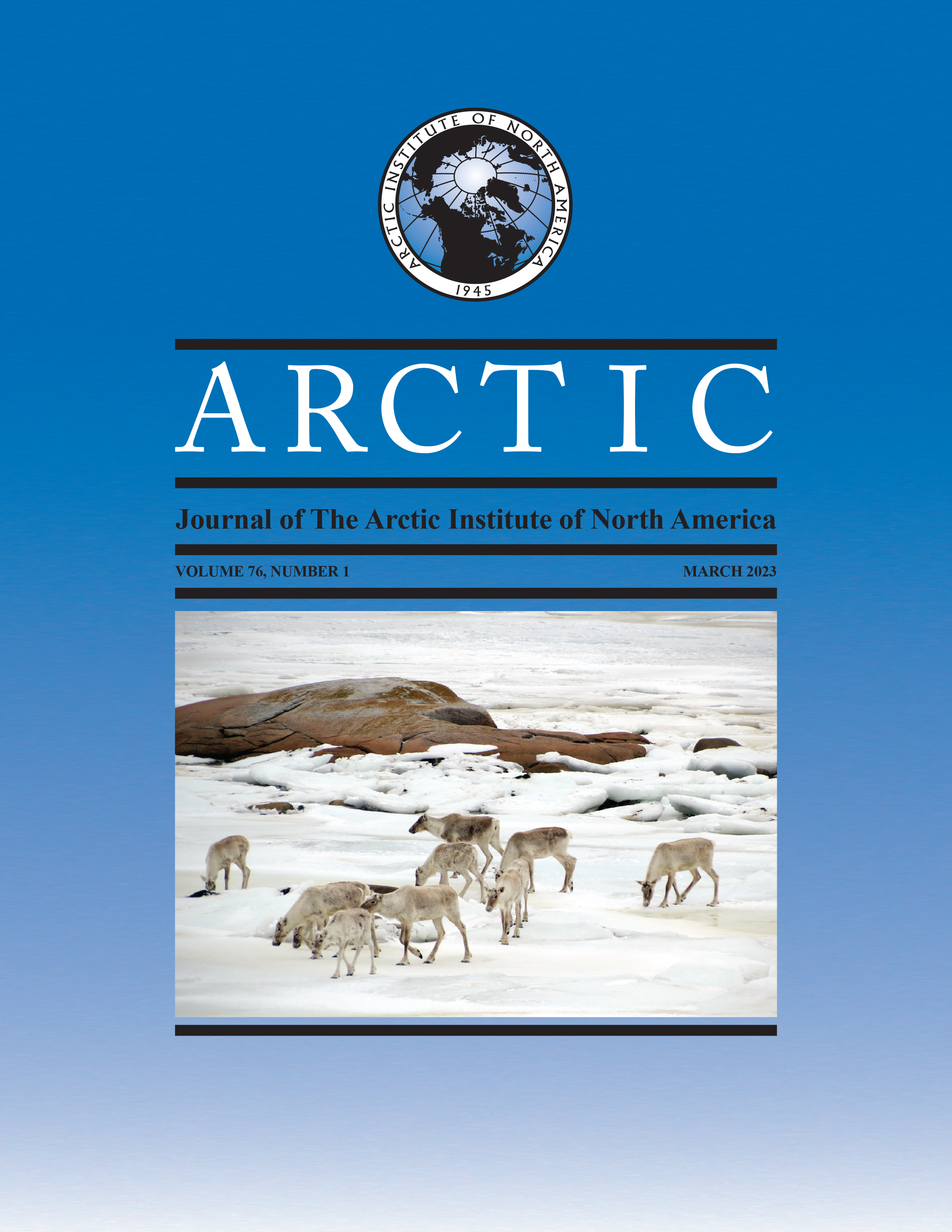An Examination of Outdoor Garden Bed Designs in a Subarctic Community
DOI :
https://doi.org/10.14430/arctic77061Mots-clés :
subarctique; boréal; adaptation au changement climatique; Première Nation; chou frisé; agriculture nordique; plates-bandes surélevées; communauté éloignée; sécurité alimentaireRésumé
À l’échelle mondiale, il y a un intérêt de plus en plus marqué pour pousser les activités agricoles vers le nord afin d’augmenter la production alimentaire future. Des activités agricoles commencent à émerger à l’échelle locale de régions subarctiques et arctiques dans le but de favoriser l’adaptation au changement climatique, d’atténuer les insécurités alimentaires et de rehausser l’autonomie alimentaire. Cette étude pilote de la gestion des cultures a été effectuée dans les basses-terres de la baie d’Hudson, plus précisément dans un potager communautaire autochtone isolé entouré d’un brise-vent arrivé à maturation. La raison d’être de cette étude consistait à comparer la culture du chou frisé de trois types de traitements de plates-bandes à coût modique (comportant quatre cases par traitement) dans les conditions ambiantes d’un climat subarctique. L’étude réalisée en 2019 a permis de mesurer la biomasse épigée et l’aire de la surface totale des feuilles de chou frisé, de surveiller les conditions climatiques du sol de chaque traitement et de déterminer, sur le plan de la durabilité régionale, les avantages et les inconvénients de chaque type de plate-bande. Le chou frisé cultivé dans les jardinières standard (surélevées de 0,25 m) et dans les jardinières de type hügelkultur (surélevées de 0,50 m, comprenant une couche de débris de bois enfouis) a donné lieu à une masse épigée supérieure dans une mesure de 44 % à 58 % et à une aire de la surface totale plus grande dans une mesure de 52 % comparativement au chou frisé cultivé dans le sol (non surélevé). Cependant, ces augmentations ne représentaient pas de différences importantes entre les divers types de traitements (ANOVA, p ≥ 0,12) en raison de la grande variance vraisemblablement attribuable à la petite taille des traitements. Les deux traitements surélevés ont permis d’accroître les températures du sol en début de saison dans une mesure de + 0,5 ˚C à + 2,5 ˚C et de réduire l’humidité du sol dans une mesure de 41 % à 53 % comparativement à la culture au sol. Nous avons déterminé que le traitement de la jardinière standard convient mieux au site visé par l’étude sur le plan de l’amélioration des conditions climatiques du sol, de la protection contre l’érosion hydrique et du moins grand besoin de se plier pour jardiner.



